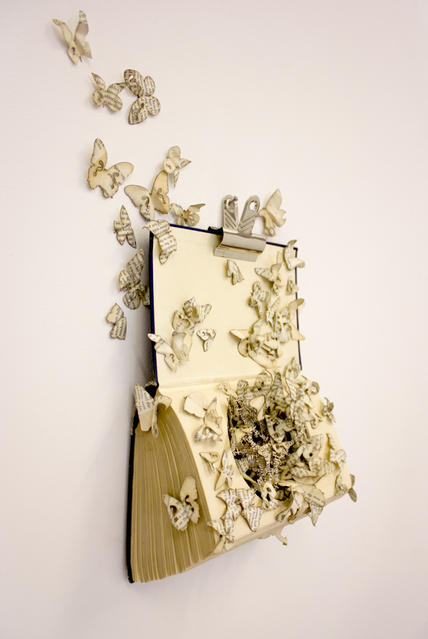
(L-R) Diana Burkot, Maria Alyokhina and Olga Borisova perform at the concert of the anti-cremlin and feminist band p*ssy Riot at Funkhaus Berlin on May 12, 2022. The 33-year-old Alyokhina had only recently fled Russia. Based on the book “Riot Days” by Alyokhina, the “p*ssy Riot Anti-War Tour” presented a performance project consisting of music, theater and video recordings. 19 performances have been announced for the tour. The punk band has been a thorn in the side of the Russian government for years. (Photo by Bernd von Jutrczenka/dpa)
14 May 2022 05:45:00,post received
0 comments







